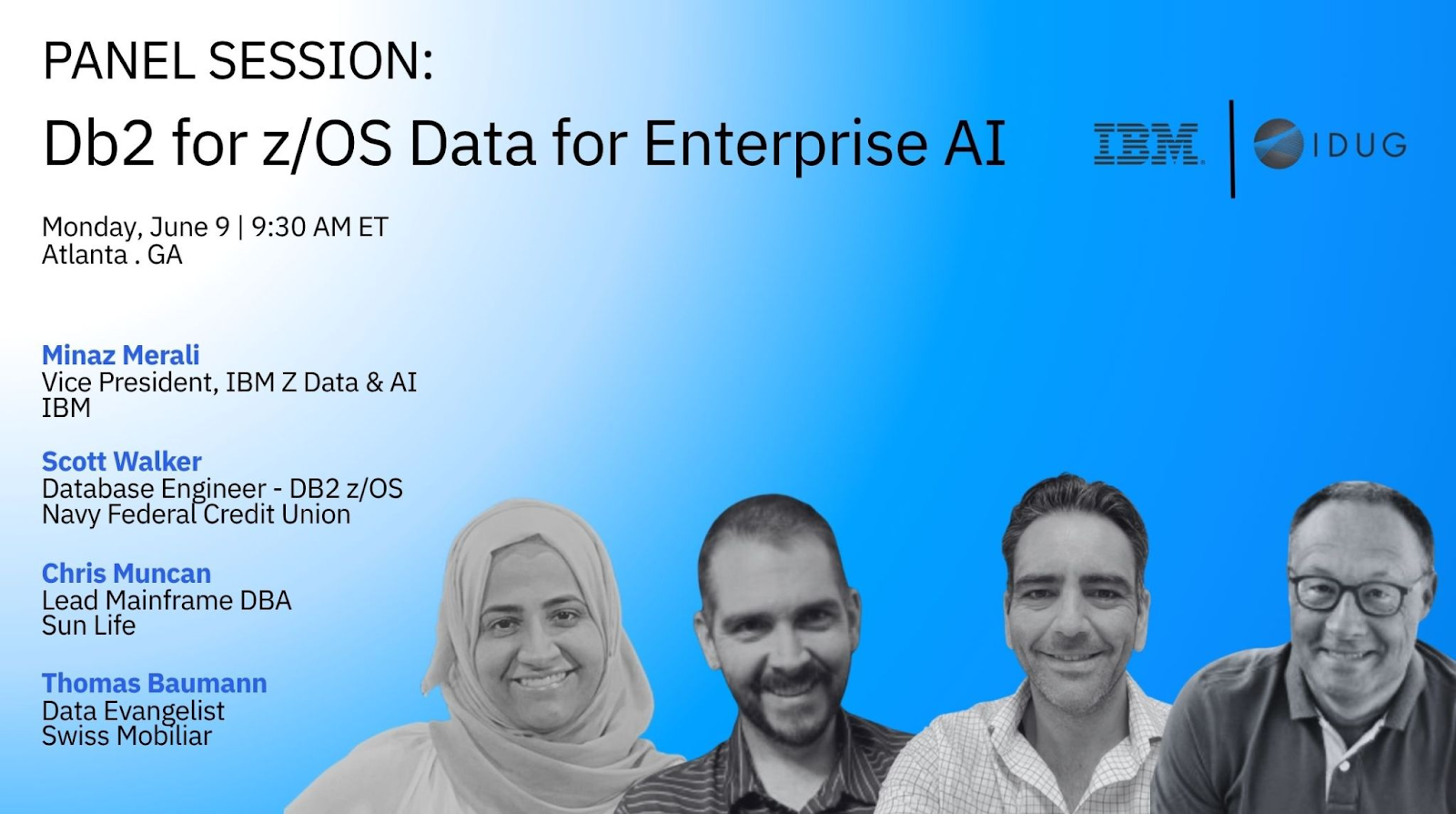TRUNCATE is a simple, yet frequently forgotten way to remove data from your Db2 tables.
The TRUNCATE statement is simply a quick way to remove all
of the data from a table. The table can be in any type of table space. And the table can be a declared global temporary table. If the table
contains LOB or XML columns, the corresponding table spaces and indexes are
also truncated.
For clarification, consider the following example:
TRUNCATE TABLE EXAMPLE_TABLE
REUSE STORAGE
IGNORE DELETE TRIGGERS
IMMEDIATE;
But why do we need this statement? Won't a DELETE without a WHERE clause do the same thing? Well, sort of. TRUNCATE will not log any changes, whereas that DELETE would log your changes. That means TRUNCATE should operate more efficiently. But it could be hard to undo.
Seems easy enough, doesn’t it? But what are those additional parameters?
Well, REUSE STORAGE tells Db2 to empty the storage that is allocated but keeps it allocated. The alternate, which is the default, is DROP STORAGE. This option tells Db2 to release the storage that is allocated for the table and to make it available for use for the same table or any other table in the table space.
The next parameter, which is the default if nothing is specified, is IGNORE DELETE TRIGGERS. This tells Db2 to not fire any DELETE triggers. Alternately, you could specify RESTRICT WHEN DELETE TRIGGERS, which will return an error if there are any delete triggers defined on the table. In other words, TRUNCATE is not going to fire any DELETE triggers no matter what you tell it, but it can return an error if DELETE triggers exist that you do not know about (for example).
Finally, we have the IMMEDIATE option. This causes the
TRUNCATE to be immediately executed and it cannot be undone. If IMMEDIATE is
not specified you can issue a ROLLBACK to undo the TRUNCATE.
Some More Details
So far, so good. But there always seem to be small things that fall through the cracks until you encounter them in the real world. One example is "How does TRUNCATE operate on archive tables?"
There are two considerations to ponder here. First, will the truncated data be moved to the archive like it would with a DELETE statement? The answer is no, TRUNCATE will NOT move the rows it deletes to the archive table. TRUNCATE simply gets rid of the data without archiving it.
The second consideration is if you TRUNCATE a table that has an archive table, will TRUNCATE remove the data in both the base table and the archive table? Again, the answer is no. TRUNCATE will NOT remove rows in the archive table. You have to remove those separately using a TRUNCATE statement directly against the archive table by name to get rid of archived rows.
Another thing I have seen folks get confused about is the STORAGE option. Some assume that specifying DROP STORAGE will cause the operating system allocated storage/files to be removed. That is not the case. The DROP STORAGE option only releases the storage inside the tablespace. This means that you need to run a REORG to fully clean up the space (after you run the TRUNCATE DROP STORAGE). Also, be sure not to specify REUSE when you run the REORG.
Furthermore, specifying DROP STORAGE should remove extents, not allocated space. So if the tablespace is allocated at say 100 tracks you will never go below 100 tracks without either changing the primary allocation or dropping the object. Now if there were say 5 extents of 10 tracks each, truncating and then reorganizing should get rid of those 50 tracks.
What About PBGs?
For Partition-By-Growth (PBG) table spaces, the REORG utility can physically drop data sets associated with partitions that become entirely empty and are at the "end" of the table space. However, this behavior is controlled by the REORG_DROP_PBG_PARTS subsystem parameter (ZPARM) available since Db2 11 for z/OS:
REORG_DROP_PBG_PARTS = ENABLE: When this is set, reorganizing the entire PBG tablespace will attempt to consolidate all data into the lowest-numbered partition(s). Any trailing partitions (highest-numbered partitions) that become empty as a result of the REORG will have their associated data sets physically removed (dropped).
REORG_DROP_PBG_PARTS = DISABLE (Default): Empty trailing partitions are retained, and their data sets are not removed.
So keep this in mind if you are attempting to reclaim space in PBG table spaces that have decreased data volume.
A Useful Little Statement
Overall, TRUNCATE is a useful little tool to keep in your quiver. For certain requirements it can be just what the doctor ordered!
















